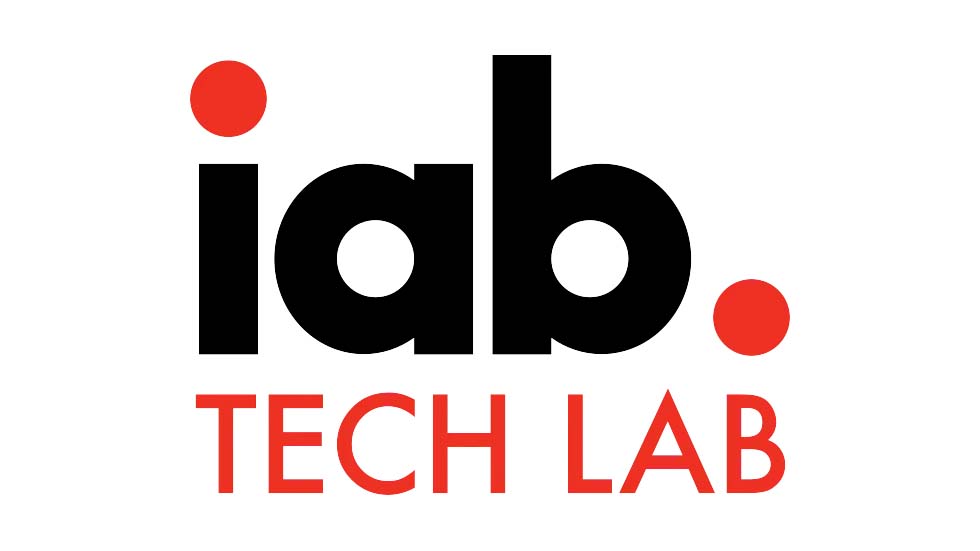New-generation technology may be just what the doctor ordered for the inert PCTV market
Watched any broadcast TV — IPTV doesn't count — on your laptop lately? Probably not.
Despite 10 years of industry cheerleaders promising that PCTV's hockey-stick growth curve was just around the corner, the market has stubbornly refused to conform to the hype. But new PCTV solutions may be signaling the approach of the promised TV and PC convergence.
Why PCTV hasn't caught on is a chicken-and-egg question. Is the take-up of PCTV low because the technology is clunky? Or is the technology clunky because people aren't interested in PCTV? The answer is: both.
Mobile TV has been joined at the hip with the mobile phone, which sucks the oxygen out of the market for other mobile devices. The limitations of the available technology have been a further drag on the market: too many chips producing too much heat and using too much power, bulky external tuners and antennas.
For example, one PCTV solution introduced last spring has, in addition to a TV tuner card, six components, two software CDs and a user manual. If broadcast TV made similar technological demands on early viewers, we'd still be listening to “Jack Armstrong, All-American Boy”and “The Ipana Troubadors” on the crystal set.
But in the last year, two market trends have emerged that favor PCTV. First, the availability of live Olympics coverage on mobile TV services introduced many people to the third screen. Second, growing netbook popularity has equipped people with another portable device that offers a bigger screen than that of a phone.
"The use model has completely changed," said Telegent's PCTV product manager Sanjay Noronha. “The form factor is so intuitive — light and small [so] that people take them along all the time."
The professional video industry's #1 source for news, trends and product and tech information. Sign up below.
Although IPTV is available on PCs, "live TV has universal appeal. Popular shows, sports, news — there's a real-time aspect that's not there with IPTV." Besides, WiFi signals have a long way to go to achieve the ubiquity of TV signals, and the connection isn't free. And high 3G usage charges make it prohibitively expensive for TV watching.
"We have seen the largest [mobile TV] uptake in the free-to-air products," Noronha said. "The spectrum is already allocated; the standards are worldwide. From a consumer perspective, it's free and the content is available everywhere.
"This feature has received tremendous interest from focus groups [held] by tier one manufacturers," he said. "People have been screaming about this feature, not a fingerprint sensor."
With all the signposts pointing the way to a lucrative PCTV opportunity, startup CrestaTech and analog mobile TV pioneer Telegent have launched new-generation PCTV products, and software-based PCTV technology company Mirics has garnered $7 million in new venture investment.
Telegent's new TLG2300 chip takes on the technical problems that have impeded broadcast PCTV by integrating everything — a DVB-T tuner, demodulator, decoder, DSP, stereo FM radio and high-speed USB peripheral — into a standard 10mm chip.
This design yields a "massive reduction in board space" and cuts power requirements 75 percent, according to Noronha. "You can watch TV on a netbook for about three hours before draining the battery."
Antennas were another challenge for PC mobile TV. "Without a receiver that's very, very sensitive, it's been hard to integrate TV into the laptop, so you had to carry around an antenna," Noronha said.
"We engineered our solution for very high sensitivity to enable the adoption of internal antennas. We have a direct conversion architecture and our patented DSP algorithm, SureTrack, greatly increase sensitivity and mobility."
Telegent's solution is also smart. "If you're picking up a signal over the air, your tuner has to be very sensitive," Noronha said. "When you're connected with a cable, you have the opposite problem." The TLG2300 senses if you're connected to cable and adjusts the receiver accordingly.
Right now, the chip supports Europe's digital TV standard DVB-T and the three analog TV standards — PAL, SECAM and NTSC. ATSC support is likely in the future, but Noronha declined to comment further.
"A huge adoption of these [netbook] devices is in emerging markets," he said. "Consumers, who previously didn't have access to computers, now have access because of the low price. TV is ubiquitous — it needs no introduction. In a developing world, TV is the main conduit for information. Even by 2015, most of the world still remains with SECAM and PAL."
For more information, visit http://www.telegent.com.
